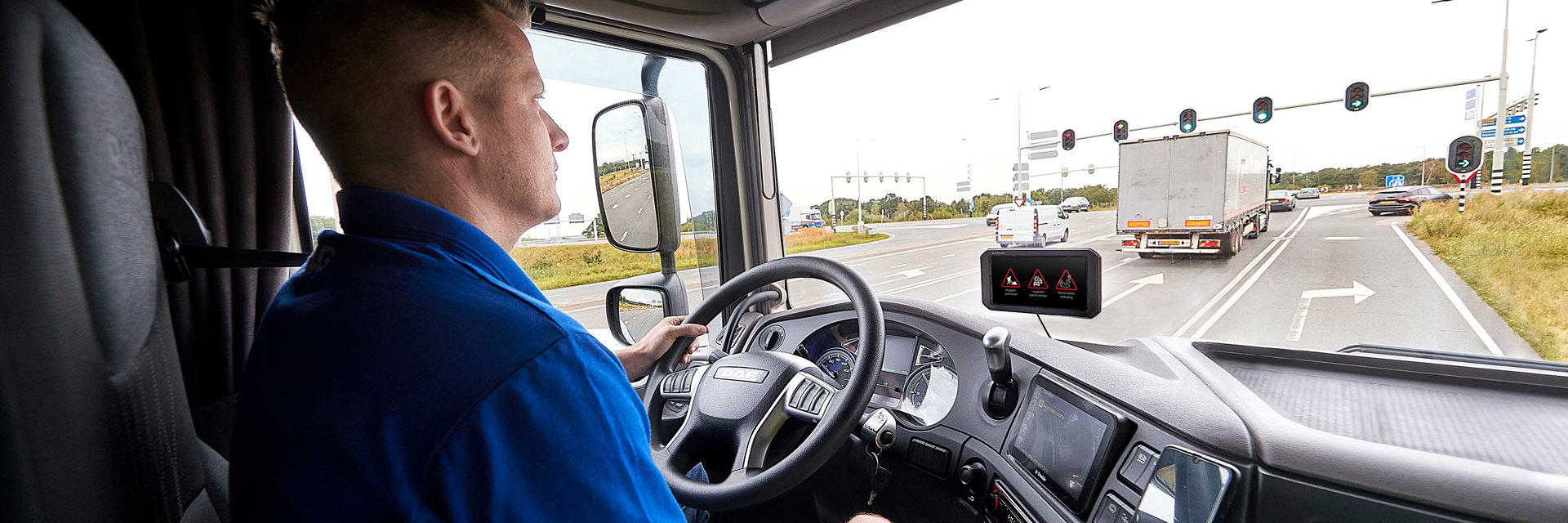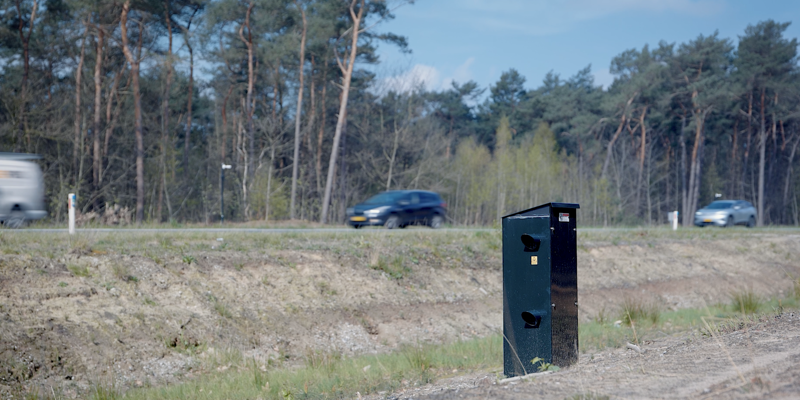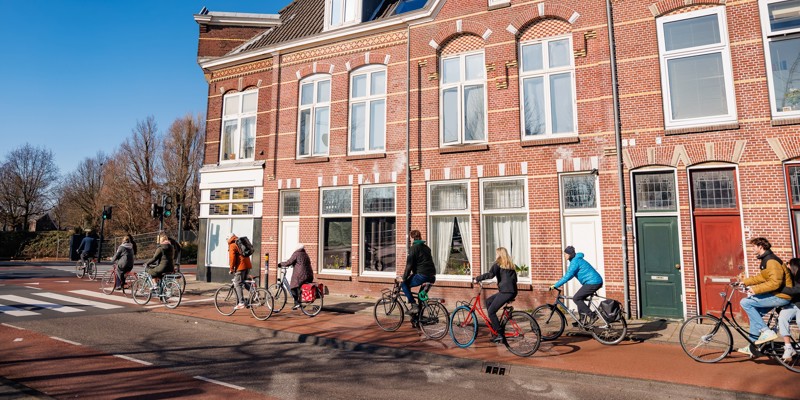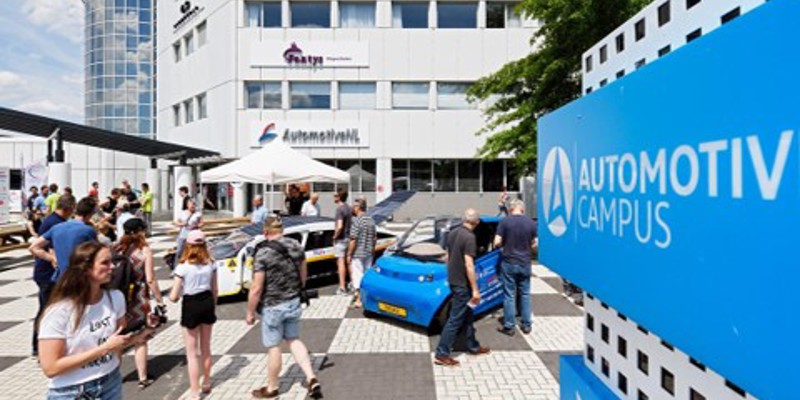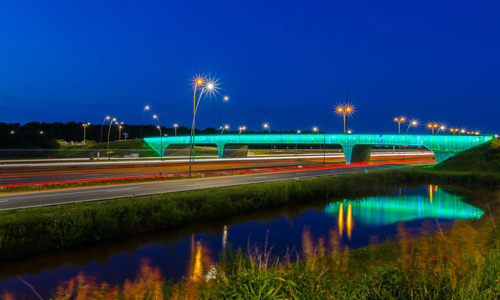
Working in the department of mobility and infrastructure within a regional government, we work closely together with our five largest cities to ensure that a lot of the work we do in mobility is on an integrated level.
Like our public transport colleagues, we work on innovation within public transport, making use of opportunities, smart mobility, Mobility-as-a-Service (MaaS) and so on. We have programmes in smart mobility that are developing in some really interesting ways. Most importantly, our work with smart concepts is part of an adaptive programme. We made the decision to run this programme for 10 years with a budget of €1.2 billion in the south of the Netherlands together with national ministry of transport, largest cities and province of Limburg. This equals the National Road Authorities budget for infrastructure, so is a substantial amount for smart mobility.
It’s impossible to plan for every specific detail 10 years in advance, therefore we were conscious to set up a programme that could adapt and change to meet the needs of our region at any point. Our mantra is ‘learning by doing’ and we’re doing this on many different levels. We have subprogrammes working on partnerships with existing industry, asking them to test their tools, services and vehicles on our infrastructure and in real life. Every year, there’s an open call to industry, looking for the best solutions or the latest innovative app. With Mobility Lab we are also looking to all kinds of start-ups and scale-ups to give them the opportunity to test their stories in real life. After all the big tech companies of today, the likes of Google, Amazon, Facebook and so on, were the start-ups not so long ago. Our work sees us continually collaborating with others; for example, my colleagues in public transport who look to Mobility as a Service as a way to improve passenger services also look to our smart mobility programme to find out what ideas and innovations we have that could improve their services.
Crossovers and regional collaboration
There are all kinds of crossovers in terms of the programmes that are running throughout the region. An interesting one is a pilot due to begin in Breda in 2020 that uses on-demand shared electric cars which are already on the market, but that are autonomously driven. It is, of course, not autonomous driving at high speed through our cities, but it is autonomous travel of vehicles from charging points, to the location of people who order them at a pedestrian speed. We are already talking with people from the neighbourhood where the testing will take place, as placing this technology into real-life situations comes with very real risks; as you can imagine, the existing autonomous driving technology in these cars is relatively basic.
How to you balance technological innovation with implementation
Our focus is not so much on the technology itself, but rather on whether it works in a real-life environment. We want to gauge public perception and see how people react to it. As a regional government, our role is not rooted in technological innovation – we trust industry and universities to do that. The problem that we are trying to solve is the adoption of that technology, which is much more complicated.
More information?
Click here to read the entire interview on Intelligent Transport.

